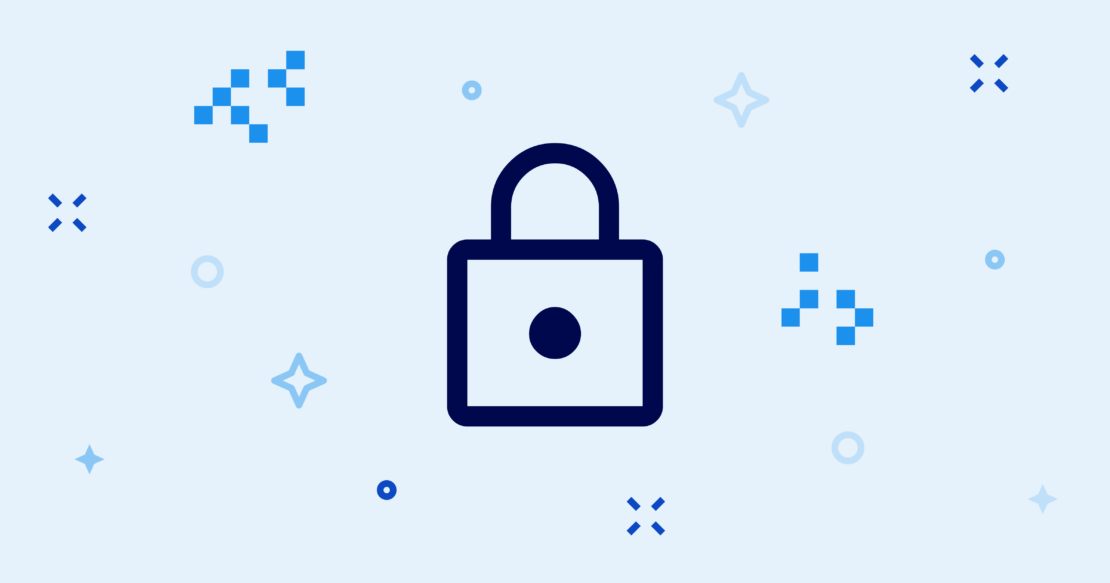By leveraging the wide array of public images available on Docker Hub, developers can accelerate development workflows, enhance productivity, and, ultimately, ship scalable applications that run like clockwork. When building with public content, acknowledging the potential operational risks associated with using that content without proper authentication is crucial.
In this post, we will describe best practices for mitigating these risks and ensuring the security and reliability of your containers.

Import public content locally
There are several advantages to importing public content locally. Doing so improves the availability and reliability of your public content pipeline and protects you from failed CI builds. By importing your public content, you can easily validate, verify, and deploy images to help run your business more reliably.
For more information on this best practice, check out the Open Container Initiative’s guide on Consuming Public Content.
Configure Artifact Cache to consume public content
Another best practice is to configure Artifact Cache to consume public content. Azure Container Registry’s (ACR) Artifact Cache feature allows you to cache your container artifacts in your own Azure Container Registry, even for private networks. This approach limits the impact of rate limits and dramatically increases pull reliability when combined with geo-replicated ACR, allowing you to pull artifacts from the region closest to your Azure resource.
Additionally, ACR offers various security features, such as private networks, firewall configuration, service principals, and more, which can help you secure your container workloads. For complete information on using public content with ACR Artifact Cache, refer to the Artifact Cache technical documentation.
Authenticate pulls with public registries
We recommend authenticating your pull requests to Docker Hub using subscription credentials. Docker Hub offers developers the ability to authenticate when building with public library content. Authenticated users also have access to pull content directly from private repositories. For more information, visit the Docker subscriptions page. Microsoft Artifact Cache also supports authenticating with other public registries, providing an additional layer of security for your container workloads.
Following these best practices when using public content from Docker Hub can help mitigate security and reliability risks in your development and operational cycles. By importing public content locally, configuring Artifact Cache, and setting up preferred authentication methods, you can ensure your container workloads are secure and reliable.
Learn more about securing containers
- Try Docker Scout to assess your images for security risks.
- Looking to get up and running? Use our Quickstart guide.
- Have questions? The Docker community is here to help.
- Subscribe to the Docker Newsletter to stay updated with Docker news and announcements.
